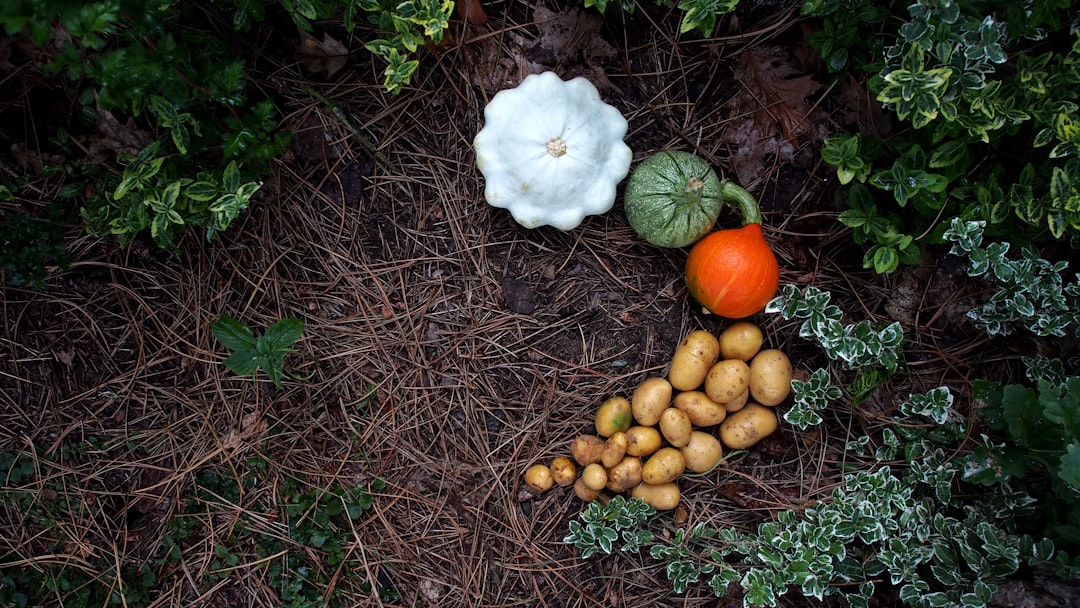The Enchanting Allure of Winter Daphne in Your Garden

When it comes to enhancing the beauty and charm of your garden, few plants can rival the allure of winter daphne. These remarkable shrubs, with their fragrant flowers that bloom during the cold winter months, bring a touch of magic and evergreen interest to garden beds and borders.
Winter daphne, scientifically known as Daphne odora, is a species that captivates gardeners with its unique characteristics. The first thing that strikes you about winter daphne is its intoxicating fragrance. The sweet, spicy scent fills the air, making it a delight to be around, especially on a crisp winter day. It's as if the plant is trying to spread a little bit of warmth and cheer during the coldest season of the year.
The flowers of winter daphne are another highlight. They are typically pink or white, with a star - shaped appearance. These delicate blooms stand out against the dark, glossy evergreen leaves, creating a visually stunning contrast. The flowers are not only beautiful but also long - lasting, providing a source of color in the garden when most other plants are dormant.
In terms of its growth habit, winter daphne is a relatively compact shrub. It usually reaches a height of about 3 to 4 feet and has a similar spread. This makes it an ideal choice for small gardens or for adding a touch of elegance to the edges of larger garden beds. It can also be grown in containers, allowing you to enjoy its beauty on a patio or balcony.
One of the great advantages of winter daphne is its low - maintenance nature. It prefers well - drained soil that is rich in organic matter. A location with partial shade is ideal, as too much direct sunlight can cause the leaves to scorch. Once established, winter daphne is quite drought - tolerant, although it will benefit from regular watering during dry spells.
When it comes to pruning, winter daphne doesn't require extensive trimming. You can simply remove any dead or damaged branches in the spring to keep the plant looking tidy. However, be careful when handling the plant, as all parts of winter daphne are toxic if ingested. This is something to keep in mind if you have children or pets in your garden.
Winter daphne can be a wonderful addition to a mixed border. Pair it with other evergreen shrubs such as boxwood or holly to create a year - round display of color and texture. You can also combine it with early - blooming bulbs like snowdrops or crocuses to add a splash of color in the early spring. The contrast between the winter daphne's flowers and the bulbs' blooms is truly eye - catching.
Another way to use winter daphne is to create a fragrant corner in your garden. Plant several winter daphne shrubs together in a secluded area, and as the fragrance wafts through the air, it will create a peaceful and relaxing atmosphere. You can add a bench or a small seating area nearby, allowing you to sit back and enjoy the beauty and scent of the plants.
Propagation of winter daphne can be a bit challenging. It is usually best to propagate it from semi - ripe cuttings taken in the summer. However, this requires some skill and patience. If you're not confident in your propagation skills, you can always purchase a young winter daphne plant from a nursery.
In conclusion, winter daphne is a plant that offers so much to gardeners. Its fragrant flowers, evergreen foliage, and low - maintenance requirements make it a valuable addition to any garden. Whether you're looking to add a touch of color to your winter landscape or create a fragrant oasis, winter daphne is definitely a plant worth considering. So, why not introduce this enchanting shrub to your garden and experience its beauty and charm for yourself?